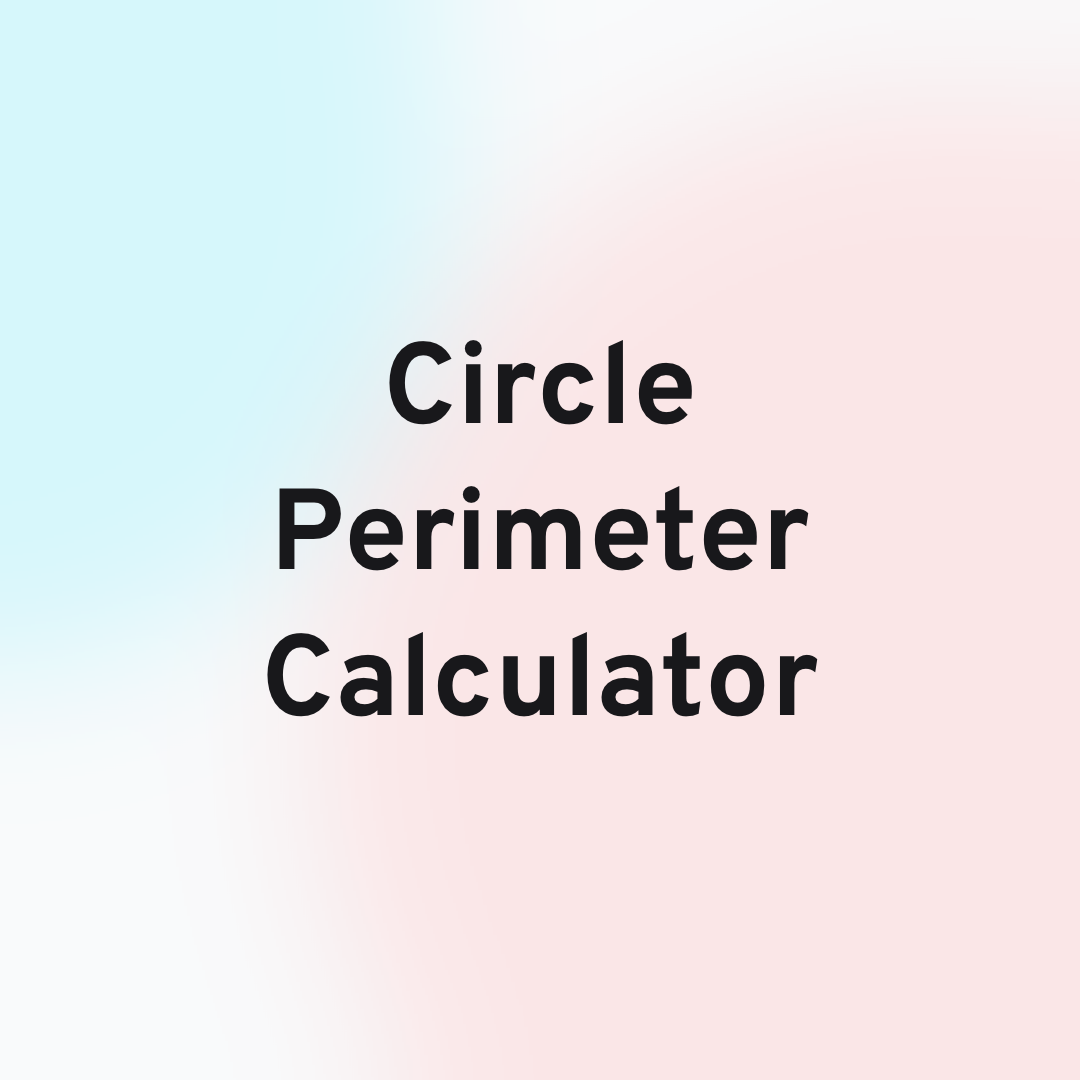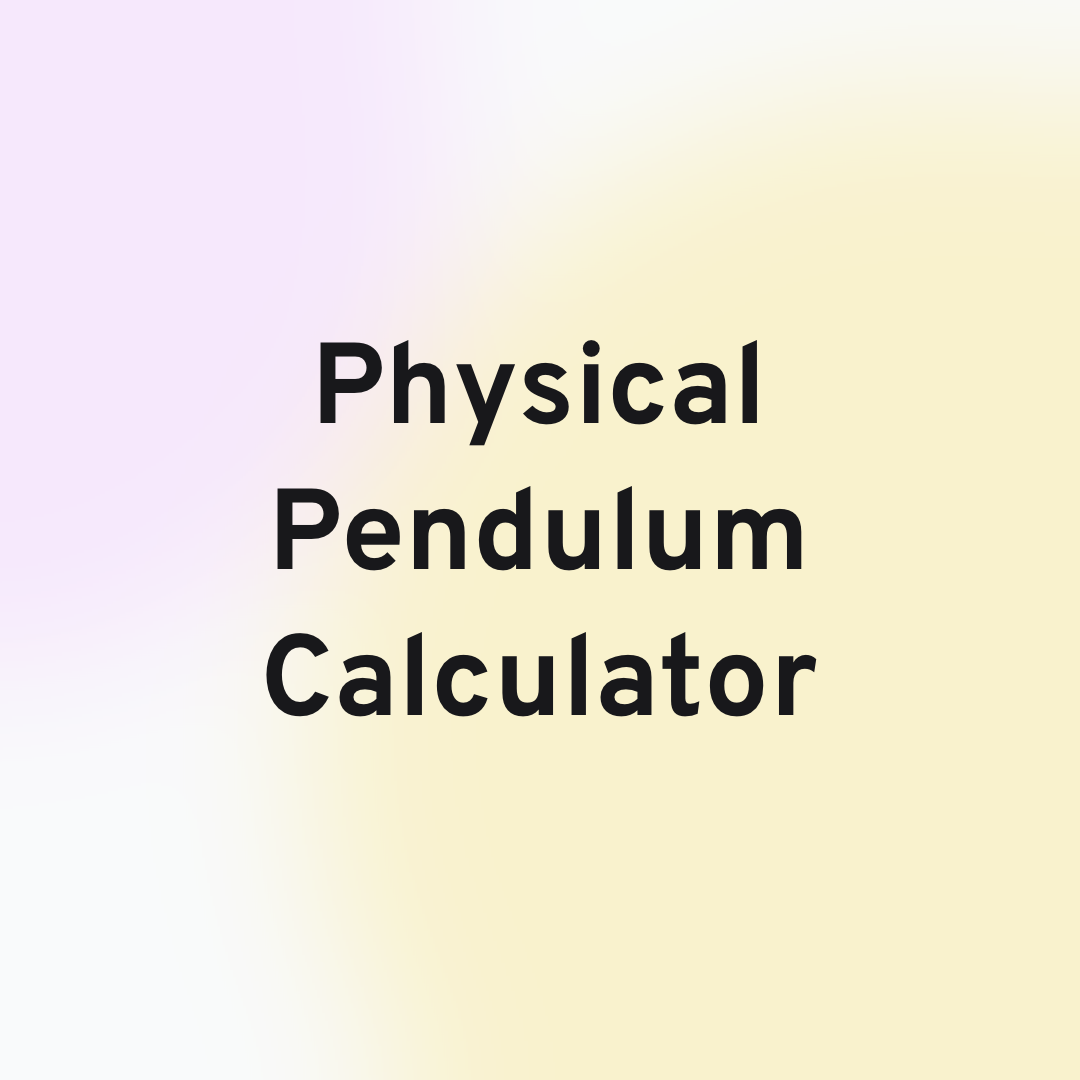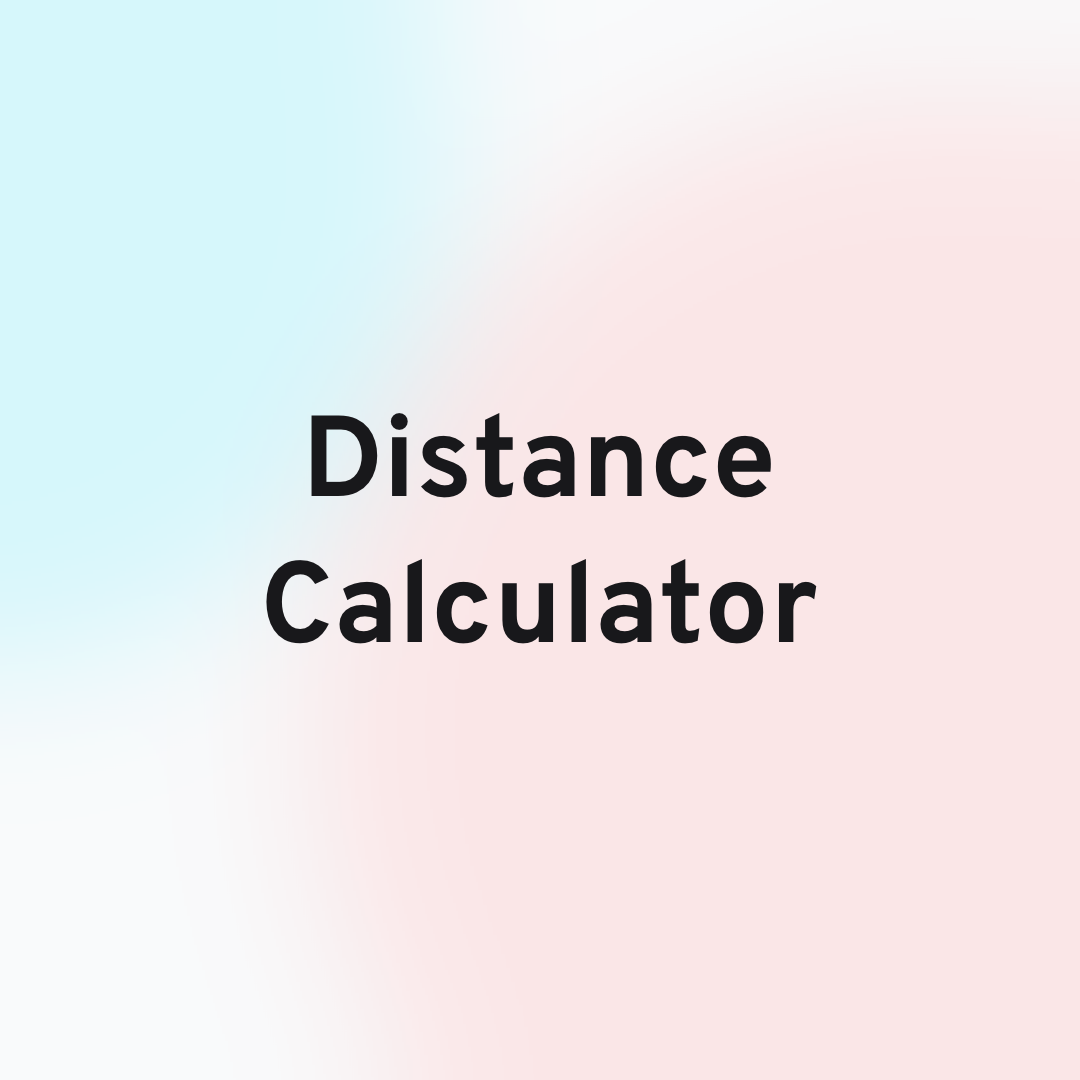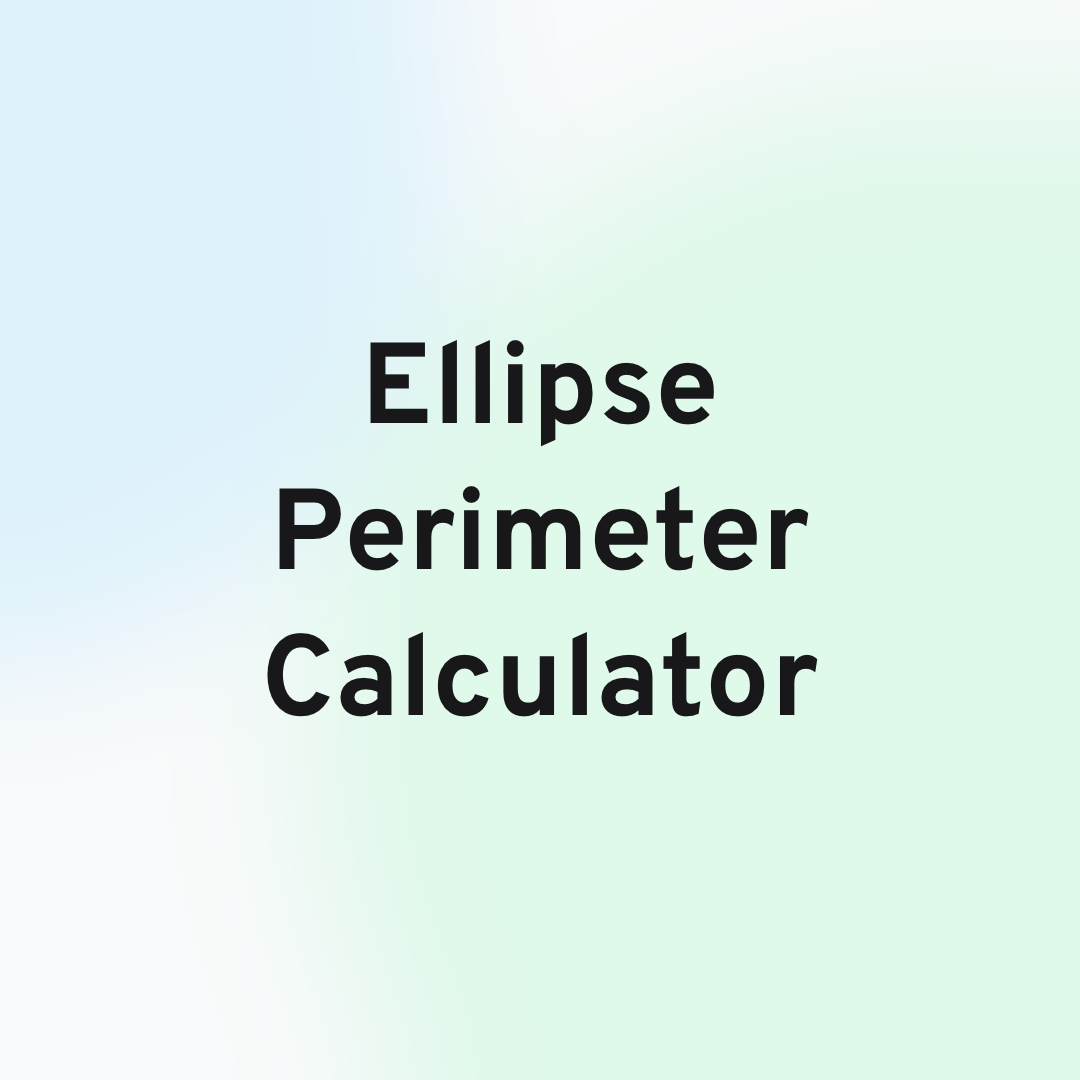
Health
Fitness
Body Fat Calculator
Get insights into your body composition using our accurate and easy-to-use body fat calculator! Start your fitness transformation today!
Welcome to our Ellipse Area Calculator! which will help you calculate the ellipse’s area quickly and accurately. An ellipse is a closed two-dimensional figure which looks like a squished circle. The ellipse has two axes, major and minor axes. The longest diameter of an ellipse is called the major axis, whereas the shortest diameter of an ellipse is called the minor axis.
There are two focus points, F1 and F2, that lie on the major axis and the locus of the points such that the sum of the distances from F1 and F2 to those points will form the ellipse. The sum of the distances from the points on the ellipse will be equal to the length of the ellipse’s major axis.
The space occupied by the ellipse in a two-dimensional plane is called the area of the ellipse.
Using the Ellipse area calculator, you can calculate the area of the ellipse by inputting the length of the values for the semi-minor axis and the semi-major axis.
The variables in the Ellipse Area Calculator include
Semi-Major Axis (a) The distance from the center to the farthest point on the ellipse.
Semi-Minor Axis Length (b) The distance from the center to the shortest point on the ellipse.
Area of the Ellipse (A) We can calculate the area of the ellipse by using the following formula.
Where,
a = Half the length of the major axis or the distance from the center to the farthest point on the ellipse
b = Half the length of the minor axis or the distance from the center to the shortest point on the ellipse
An ellipse is a closed two-dimensional shape formed by connecting the points, where the sum of the distances from the focus points F1 and F2 is constant, and so both the focus points (together called the foci) lie on the major axis. The longest diameter of the ellipse is called the major axis. Whereas, the shorter diameter of the ellipse is called the minor axis.
The ellipse’s Eccentricity is defined as the ratio of the distance from the center to a focal point and the distance from that focus point to the co-vertex (also known as the length of the semi-major axis).
Where,
c = The distance from the center to one of the foci
a = The distance from that focus point to the co-vertex.
The Eccentricity of an ellipse will always be less than one. If the eccentricity is 1, then the ellipse will be completely squished to a single line. If the eccentricity is 0, then the ellipse will become a circle.
The total space taken up by the Ellipse on a two-dimensional plane is called the area of the Ellipse. It could also be thought of as the number of square units required to fill the region inside the Ellipse. Hence the measurement will be in square units.
We can calculate the area of the Ellipse using the following formula, where we multiply the lengths of the semi-major axis and semi-minor axis with PI to get the value of the area.
Where,
a = Length of the Semi-Major Axis
b = Length of the Semi-Minor Axis
Given an ellipse with the length of the major axis equal to 14 cm and the length of the minor axis equal to 6 cm. Find the area of the Ellipse.
So the length of the Semi-Major axis will be half the length of the Major axis.
a = 14/2 = 7 cm
So, the length of the Semi-Minor Axis will be half the length of the Minor Axis
b = 6/2 = 3 cm
We can calculate the area of the ellipse by using the following formula.
As shown above, in the example, the area of the ellipse is 66 sq cm.

Health
Fitness
Get insights into your body composition using our accurate and easy-to-use body fat calculator! Start your fitness transformation today!

Mathematics
Geometry
Quickly calculate the perimeter of the circle with high precision using our nifty Circle Perimeter Calculator! Try it out now!

Mathematics
Geometry
Calculate the Circle's area quickly and accurately using our user-friendly Circle Area Calculator! Try it out now!

Physics
Mechanics
Accurately determine oscillation frequency and time period of a physical pendulum with out nifty Physical Pendulum calculator.

Mathematics
Arithmetic
Quickly and accurately calculate the distance between two points in two-dimensional or three-dimensional space with our Distance Calculator!

Mathematics
Geometry
Quickly calculate the perimeter of the ellipse using the Ellipse Perimeter Calculator using Ramanujam's Approximations and other methods!